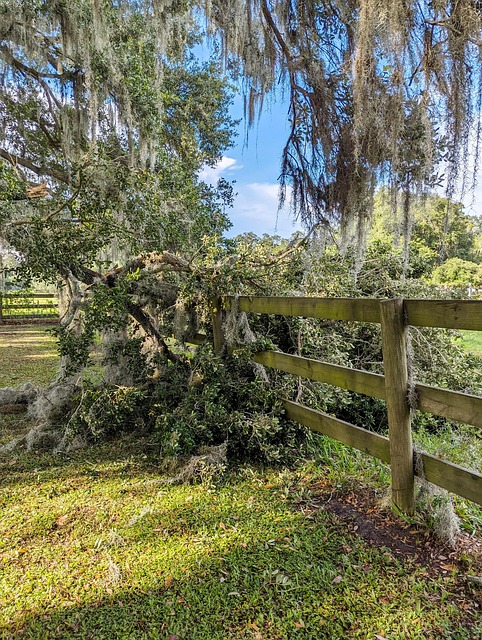DIY Fence Installation: A Comprehensive Guide for New Bedford Homeowners
Are you considering a do-it-yourself fence installation project in New Bedford, Massachusetts? This comprehensive guide will equip you with the knowledge to tackle the task successfully. From exploring various fence options suitable for your neighborhood to mastering the art of post-setting, we cover all essentials. Learn how to plan your fence route, prepare the ground, and perform final touches with expert tips. By following these steps, you’ll not only enhance your property’s curb appeal but also create a secure outdoor space tailored to your needs.
- Understanding Your New Bedford Fence Options
- Measuring and Planning Your Fence Route
- Preparing the Ground for Installation
- Step-by-Step Guide to Post Setting
- Final Touches and Maintenance Tips
Understanding Your New Bedford Fence Options
When it comes to fencing your New Bedford, Massachusetts property, there are numerous options to consider, each offering unique benefits and styles. Wood is a popular choice for its natural aesthetics and versatility; it can be stained or painted to match your desired look. Vinyl fences are low-maintenance and durable, available in various colors and designs, making them ideal for those seeking a long-lasting, easy-to-care-for option. Chain link fences provide security and privacy at a reasonable cost, making them suitable for homes with children or pets that require a safe outdoor play area. Before beginning your DIY fence installation project, research local building codes to ensure compliance and choose the best fit for both your home’s aesthetics and practical needs.
Measuring and Planning Your Fence Route
Before you start installing your fence, careful planning is key. Begin by measuring the perimeter of the area where you want to place your fence. This will give you a clear idea of how much material you’ll need and help ensure a precise fit. Use string and stakes to mark out the route of the fence, especially if there are any bends or angles involved. This visual aid ensures your measurements are accurate, allowing for smooth installation.
When planning, consider local regulations and restrictions. Check with New Bedford’s relevant authorities to understand any guidelines or permits required for fence installation in your area. Additionally, be mindful of utility lines; call 811 to locate underground utilities before digging to avoid any potential hazards during the measurement and planning process.
Preparing the Ground for Installation
Before installing your new fence, preparing the ground is a crucial step. Clear away any vegetation, including grass, weeds, and bushes, from the area where the fence will be erected. Dig up any rocks or roots that might interfere with the process. Leveling the ground is essential; use a shovel or a leveler to ensure it’s even, as this will make post placement precise and help your fence stand strong over time.
Compacted soil is ideal for fencing, so pack down the earth after leveling to create a solid foundation. This step prevents sinking or uneven posts, ensuring your fence looks neat and remains sturdy.
Step-by-Step Guide to Post Setting
Setting posts is a crucial step in DIY fence installation, ensuring your fence’s stability and longevity. Here’s a straightforward guide for New Bedford homeowners tackling this task. Begin by identifying the line where your fence will be installed, marking it clearly with stakes and string to ensure accuracy. Dig holes at each post location using a post-hole digger, making sure they are deep enough—typically around one-third of the post’s height—to support the weight of the fence. The holes should also be wide enough for the posts, usually about 12 inches in diameter. Place the posts into the holes, ensuring they stand plumb (perfectly vertical) using a level. Fill the holes with concrete, allowing it to set completely according to the manufacturer’s instructions. Once cured, trim any excess concrete from around the post and check again for plumbness before moving on to the next step of installation.
Final Touches and Maintenance Tips
After completing the fence installation, it’s time to focus on the final touches and ensure your new fence looks its best. Start by checking all the hardware, making sure everything is securely fastened. Replace any missing or damaged components immediately. Next, inspect the paint or stain job, filling in any gaps or touch-up areas as needed. A fresh coat of finish can significantly enhance the appearance and longevity of your fence.
Regular maintenance is key to keeping your new fence in excellent condition. Remove leaves, snow, and debris regularly to prevent buildup. Inspect the fence for signs of rot, rust, or damage at least twice a year. Address any issues promptly to avoid further complications. Keep a register of all maintenance activities to ensure consistent care over time, ensuring your New Bedford, Massachusetts fence remains a beautiful addition to your property for years to come.
